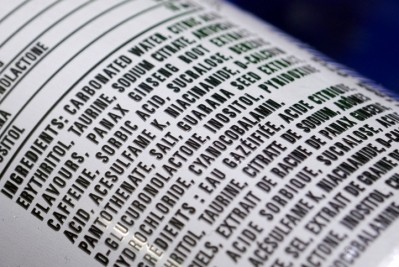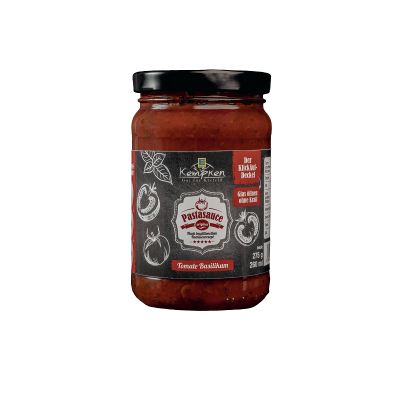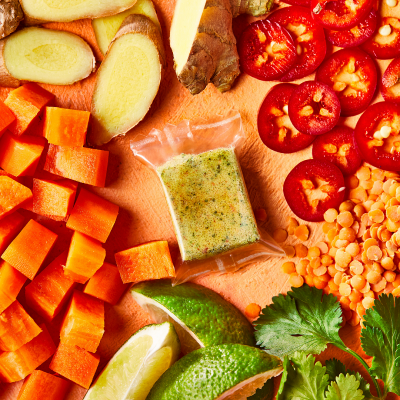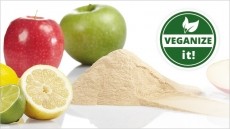Natural inner coating for food packaging improves green and health credentials
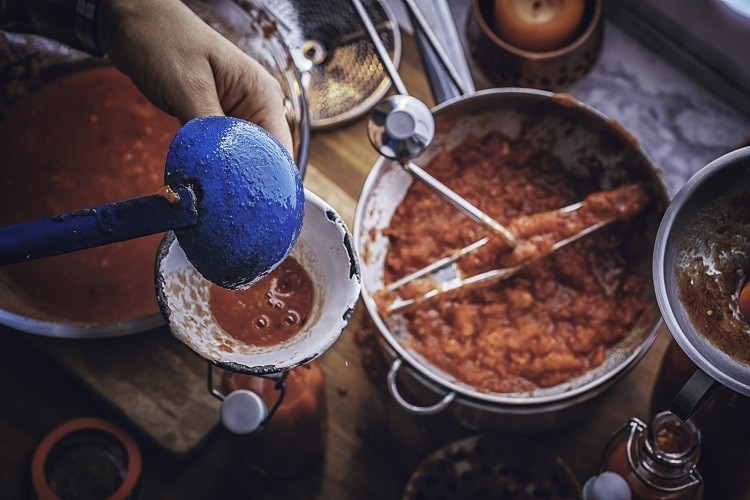
BPA is a component of adhesive resin used to prevent corrosion in steel and aluminium cans and containers, but its use in food packaging is restricted in some EU countries amid safety concerns, and completely banned in France in food packaging, containers, and on utensils.
The chemical is known to pass into food as an endocrine disruptor (in the same way as hormones) and is associated with chronic diseases such as cancer and diabetes, as well as growth problems in infants and adolescents, explains Alejandro Heredia, a researcher at the Institute of Subtropical and Mediterranean Horticulture, ‘Lay Mayora’ involved in the new development.
Now Heredia and an international research team have come up with an innovative alternative using waste residue from tomato processing to produce a resin that is hydrophobic (repels water), adheres to metal and has anti-corrosive properties.
The resin represents a safe substitute compared with BPA and is sustainable and environmentally friendly.
“From a waste product we obtain an ecological and sustainable raw material that has a very low environmental impact, as it reduces the generation of waste and, at the same time, minimises the extraction of fossil resources for the manufacture of these very containers,” according to Heredia.
Circular production
Researchers proposed reusing tomato pomace (from gazpachos, sauces, and juices) to produce a biodegradable coating (lacquer resin) based on the circular bio-economy model.
The by-product has low nutritional value and is therefore discarded as solid waste for burning (releasing carbon dioxide) or used in animal feed.
To produce the resin, tomato pomace is left to dry and excess water removed via hydrolysis to extract the lipids (vegetable fat), and then mixed with 80% water and 20% ethanol.
“That dispersion of grease in water is sprayed directly onto the metal surface to be protected. This allows it to permeate the metal, stick to the can shape and resist subsequent cuts in the container,” the researchers explain.
Finally, heating the mixture to 200 degrees for 10 to 60 minutes initiates molecular binding to obtain a resin with high adhesion rate, high anti-corrosive capacity against salt and any liquids, and protective attributes.
“If the container falls, suffers blows or receives an impact during its transport, for example in a delivery truck, the resin acts as a protective barrier between food and metal.”
Positive indications
Additional simulated tests were carried out to validate the efficacy of the pomace lacquer resin on different food groups.
Ethanol solutions, absorbent polymers, and oils mimicked the effects on soups, dried food, and creams, respectively, with positive results observed.
“The compounds of this lacquer do not pass into the food and, therefore, do not contaminate the product contained in the can, as is the case with BPA resin,” Heredia says.
The next step is to evaluate effects on cans and packaging with real food, and assess potential industrial applications, he continues.
“We would take tomato sauce, tuna, and other foods that are usually sold in cans, and we would sterilize them, put them in tins and check if they withstand real conditions.”
Green and healthy alternative
The environmental impact of resin production was assessed and compared to processes and outcomes of BPA production.
“This analysis reveals that obtaining tomato pomace resin produces less carbon dioxide than BPA resin. And when not using the tomato pomace, but burning it instead to get rid of it, the pollution it produces is also greater than its reuse as a resin,” confirms Heredia.
Furthermore, the cost to human health of tomato resin production and application in everyday products was determined as low, compared with BPA.
Source: Journal of Cleaner
'Bio-based lacquers from industrially processed tomato pomace for sustainable metal food packaging'
Published February 2023
DOI: https://doi.org/10.1016/j.jclepro.2022.135836
Authors: Jose J. Benitez, Maria C. Ramirez-Pozo, Jose A. Heredia-Guerrero et al.
